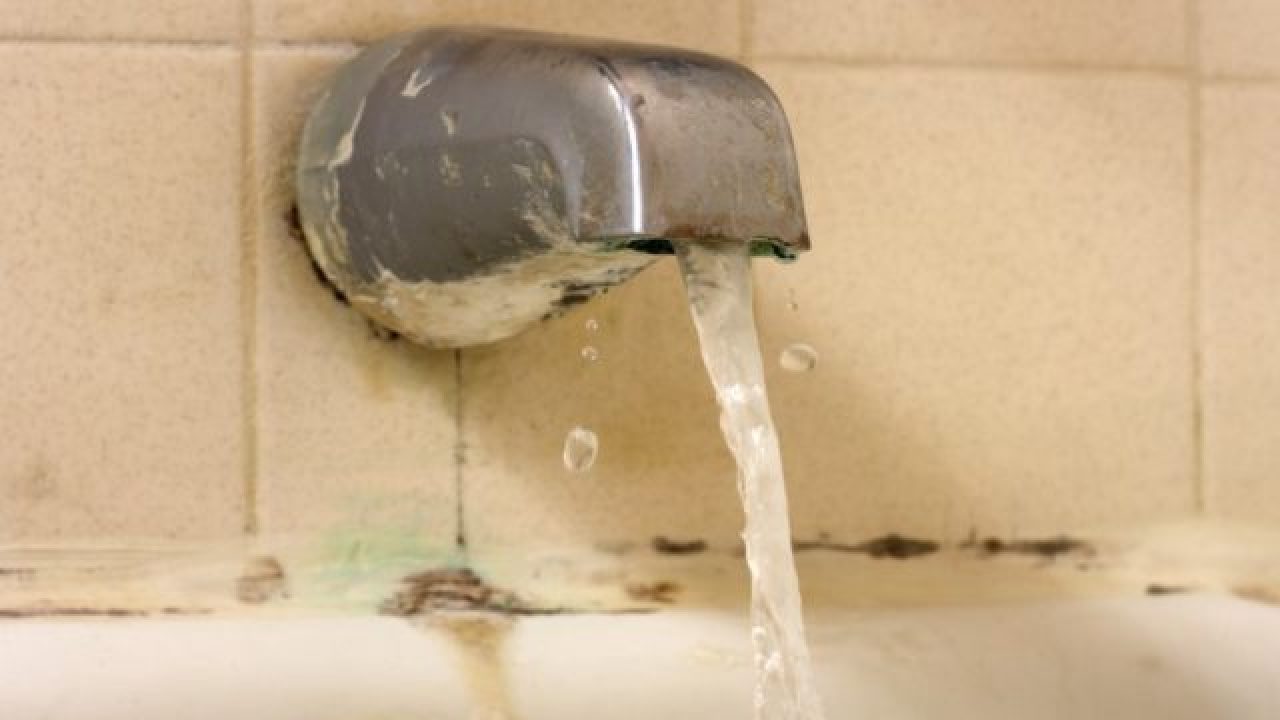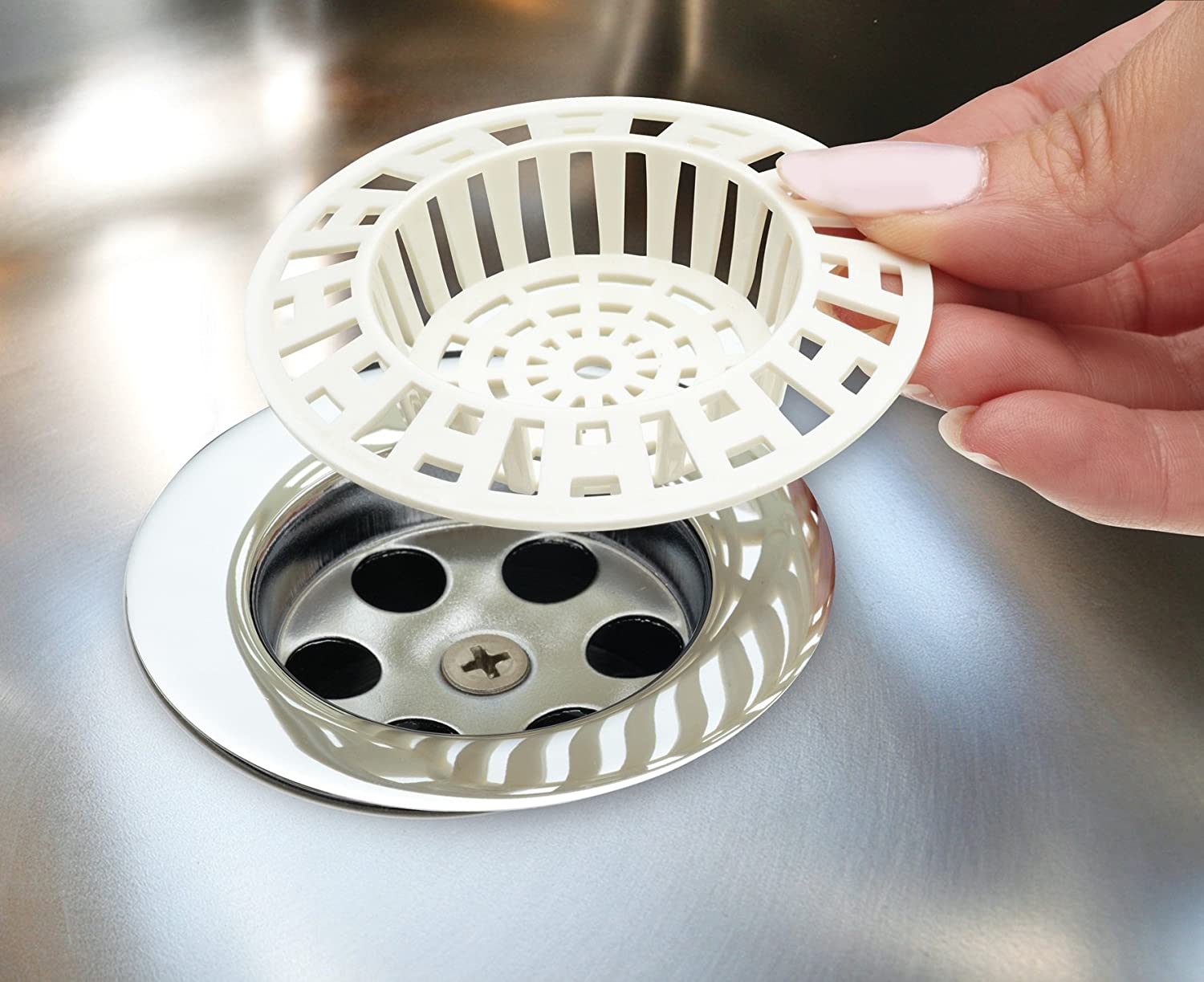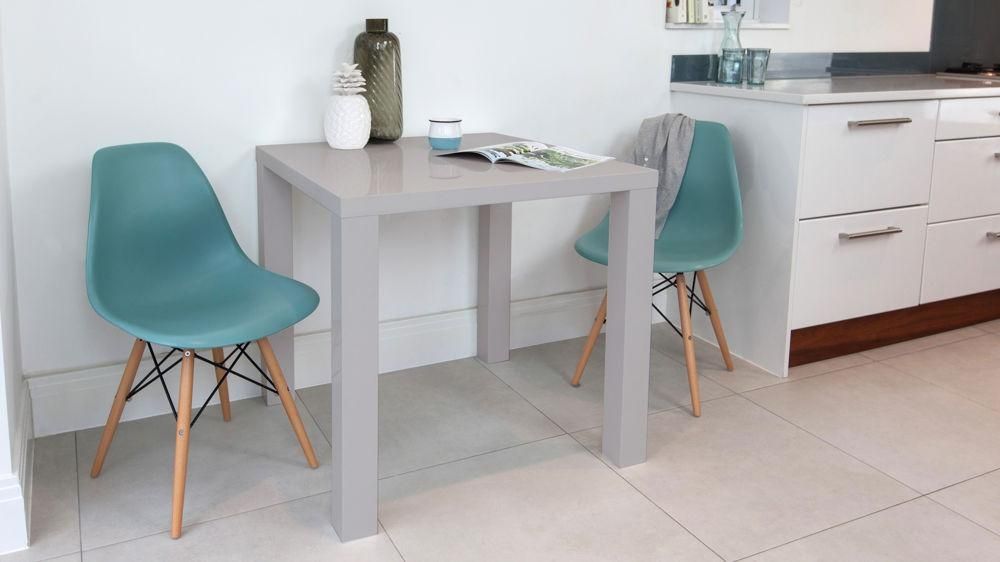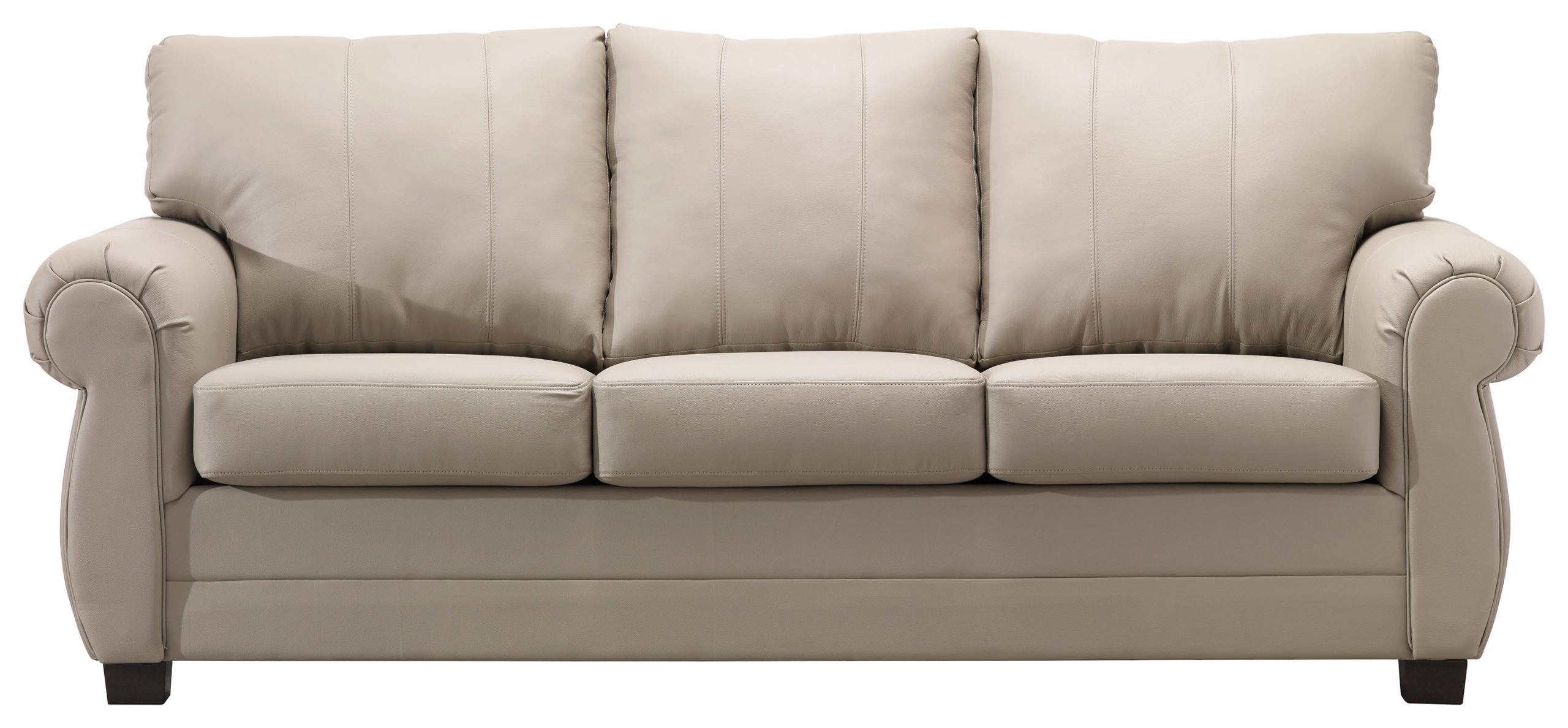Mold Removal on Bathroom Sink
Mold can be a common problem in bathrooms, especially on the sink. Not only is it unsightly, but it can also be harmful to your health. Fortunately, there are several ways to effectively remove mold from your bathroom sink. In this article, we will discuss the top 10 methods for getting rid of mold on your bathroom sink.
How to Get Rid of Mold on Bathroom Sink
The first step in removing mold from your bathroom sink is to identify the source of the problem. Mold thrives in moist and humid environments, so the most likely culprit is a leaky faucet or pipe. Once the source has been addressed, you can move on to removing the existing mold.
Best Products for Removing Mold on Bathroom Sink
There are several products available on the market specifically designed for removing mold. These include bleach, vinegar, hydrogen peroxide, and commercial mold removal sprays. When using these products, be sure to follow the instructions carefully and wear protective gear to avoid direct contact with the mold.
Preventing Mold Growth on Bathroom Sink
The best way to deal with mold is to prevent it from growing in the first place. To do this, make sure to keep your bathroom well-ventilated and dry. This means running the exhaust fan while showering and wiping down your sink after each use. You can also invest in a dehumidifier to reduce the moisture levels in your bathroom.
DIY Mold Cleaning for Bathroom Sink
If you prefer to use natural and homemade solutions, there are several options for removing mold from your bathroom sink. These include using a mixture of baking soda and water, tea tree oil, or a paste made of borax and water. These methods may take a bit longer to work, but they are safe and effective in removing mold.
Natural Remedies for Mold on Bathroom Sink
In addition to the DIY methods mentioned above, there are other natural remedies that can help prevent mold growth on your bathroom sink. These include using essential oils, such as eucalyptus or lavender, to keep the area smelling fresh and clean. You can also sprinkle a small amount of baking soda in the drain to keep it clear and prevent mold from growing.
Professional Mold Removal for Bathroom Sink
If the mold growth on your bathroom sink is extensive, it may be best to call in a professional mold removal service. They have the proper equipment and expertise to effectively remove mold and prevent it from recurring. This option may be more expensive, but it can save you time and ensure the mold is completely eradicated.
Common Causes of Mold on Bathroom Sink
As mentioned earlier, the most common cause of mold on bathroom sinks is moisture. However, other factors can contribute to its growth, such as poor ventilation, leaking pipes, and even using certain cleaning products. It's essential to address these issues to prevent mold from coming back.
Tips for Cleaning Mold on Bathroom Sink
When cleaning mold from your bathroom sink, it's essential to take proper precautions. Make sure to wear gloves, a mask, and eye protection to avoid direct contact with the mold. It's also crucial to thoroughly dry the area after cleaning to prevent mold from growing back.
How to Keep Bathroom Sink Mold-Free
To keep your bathroom sink mold-free, it's vital to practice good maintenance habits. This includes regularly cleaning and drying the sink, fixing any leaks or plumbing issues, and keeping the area well-ventilated. By staying on top of these tasks, you can prevent mold from becoming a recurring problem in your bathroom.
The Dangers of Mold on Bathroom Sink: How to Prevent and Get Rid of It
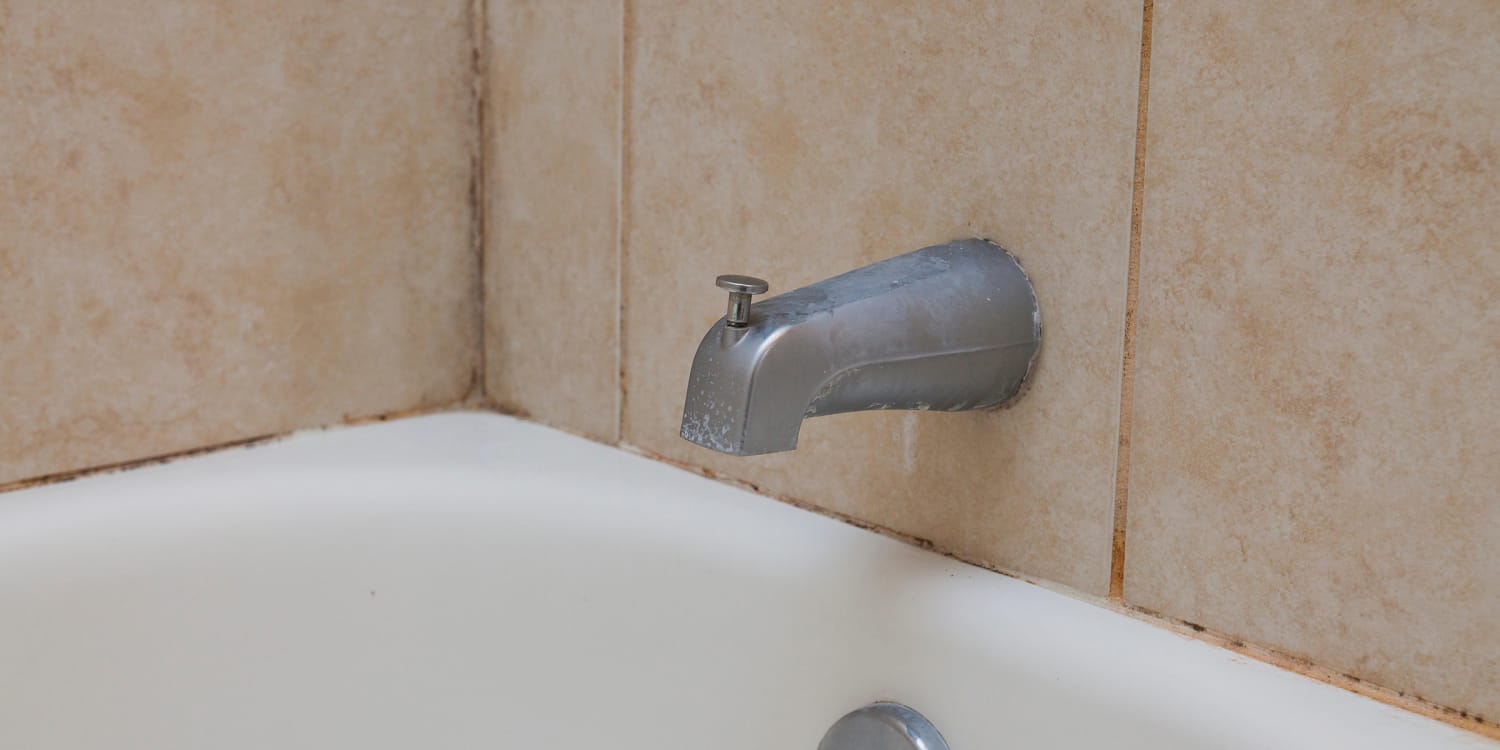
The Importance of Keeping Your Bathroom Clean
 Keeping your bathroom clean is crucial not just for maintaining a tidy and pleasant living space, but also for your health. One of the most common problems that homeowners face in their bathrooms is the presence of mold on the sink.
Mold on bathroom sink
is not only unsightly, but it can also pose a health risk for you and your family. So, what exactly is mold and how does it end up on your bathroom sink?
Keeping your bathroom clean is crucial not just for maintaining a tidy and pleasant living space, but also for your health. One of the most common problems that homeowners face in their bathrooms is the presence of mold on the sink.
Mold on bathroom sink
is not only unsightly, but it can also pose a health risk for you and your family. So, what exactly is mold and how does it end up on your bathroom sink?
The Basics of Mold Growth
 Mold is a type of fungus that thrives in moist and warm environments. It reproduces by releasing tiny spores into the air, which can easily spread and contaminate other areas of your home. When these spores land on a damp surface, they can begin to grow and form colonies, resulting in the familiar fuzzy appearance of mold.
Mold on bathroom sink
is often caused by high humidity levels in the bathroom, poor ventilation, and water leaks.
Mold is a type of fungus that thrives in moist and warm environments. It reproduces by releasing tiny spores into the air, which can easily spread and contaminate other areas of your home. When these spores land on a damp surface, they can begin to grow and form colonies, resulting in the familiar fuzzy appearance of mold.
Mold on bathroom sink
is often caused by high humidity levels in the bathroom, poor ventilation, and water leaks.
The Dangers of Mold on Bathroom Sink
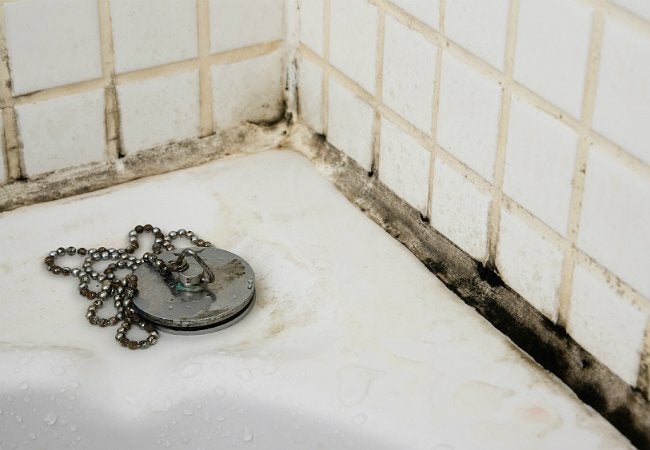 Not only is
mold on bathroom sink
unsightly, but it can also cause health problems. Exposure to mold can trigger allergies, respiratory issues, and even infections in some cases. This is especially dangerous for those with weakened immune systems, such as young children, elderly people, and individuals with chronic illnesses. Additionally, mold can also cause damage to your bathroom sink, leading to costly repairs and replacements.
Not only is
mold on bathroom sink
unsightly, but it can also cause health problems. Exposure to mold can trigger allergies, respiratory issues, and even infections in some cases. This is especially dangerous for those with weakened immune systems, such as young children, elderly people, and individuals with chronic illnesses. Additionally, mold can also cause damage to your bathroom sink, leading to costly repairs and replacements.
Preventing and Getting Rid of Mold on Bathroom Sink
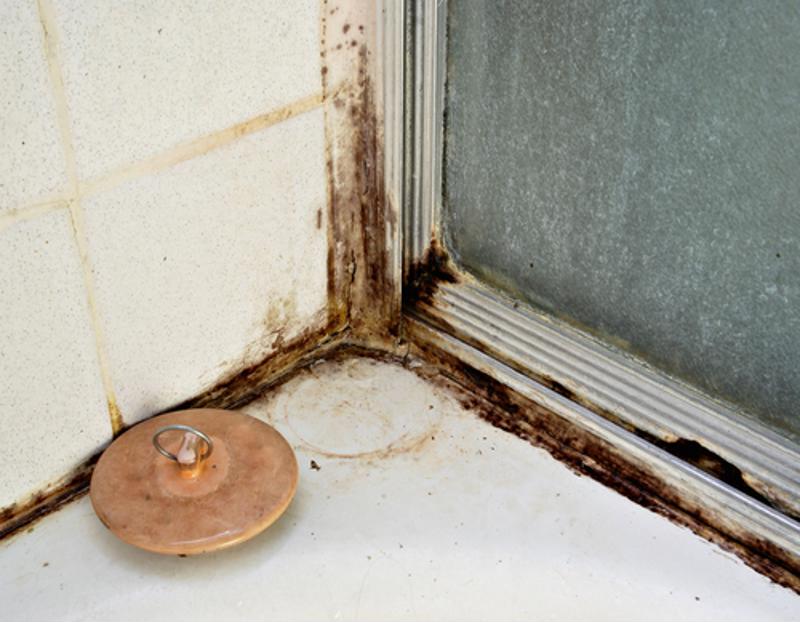 The best way to deal with
mold on bathroom sink
is to prevent it from growing in the first place. This can be achieved by keeping your bathroom well-ventilated, fixing any water leaks, and wiping down your sink regularly. If you do find mold on your bathroom sink, it's important to take immediate action to get rid of it. You can use a mixture of white vinegar and water to scrub the affected area, or use commercial mold removal products. It's also important to address any underlying issues that may be causing the mold growth.
In conclusion,
mold on bathroom sink
is a common problem that can have serious consequences if left unaddressed. By understanding the basics of mold growth and taking preventative measures, you can ensure a clean and healthy bathroom for you and your family. Remember to regularly clean and maintain your bathroom to prevent mold from appearing, and promptly address any mold growth to keep your sink and your health in top condition.
The best way to deal with
mold on bathroom sink
is to prevent it from growing in the first place. This can be achieved by keeping your bathroom well-ventilated, fixing any water leaks, and wiping down your sink regularly. If you do find mold on your bathroom sink, it's important to take immediate action to get rid of it. You can use a mixture of white vinegar and water to scrub the affected area, or use commercial mold removal products. It's also important to address any underlying issues that may be causing the mold growth.
In conclusion,
mold on bathroom sink
is a common problem that can have serious consequences if left unaddressed. By understanding the basics of mold growth and taking preventative measures, you can ensure a clean and healthy bathroom for you and your family. Remember to regularly clean and maintain your bathroom to prevent mold from appearing, and promptly address any mold growth to keep your sink and your health in top condition.

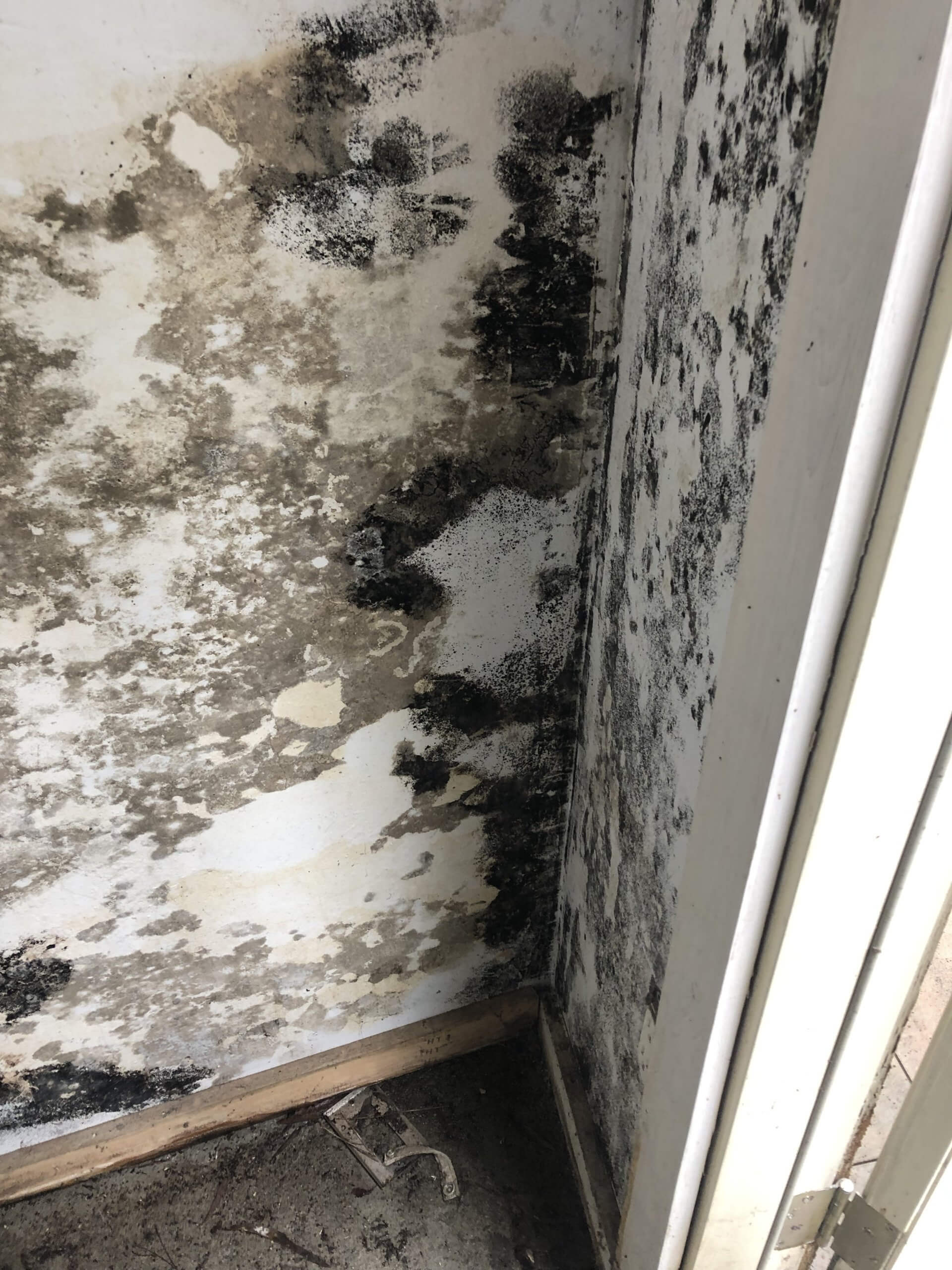


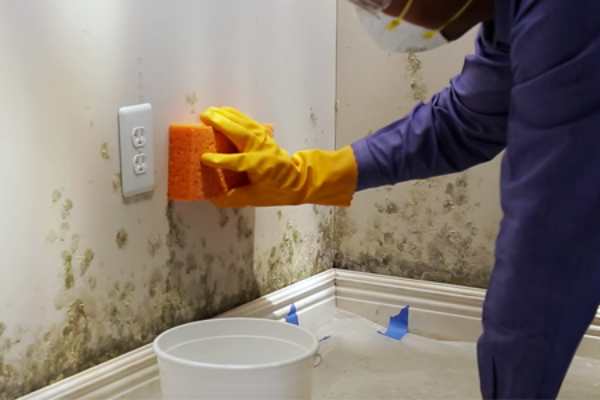
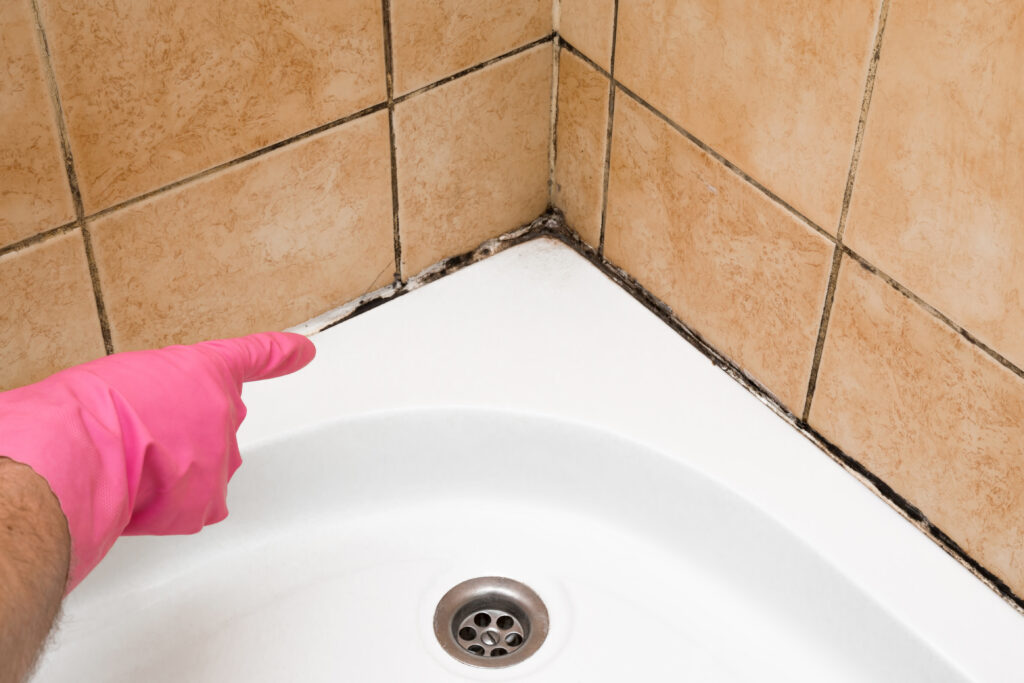

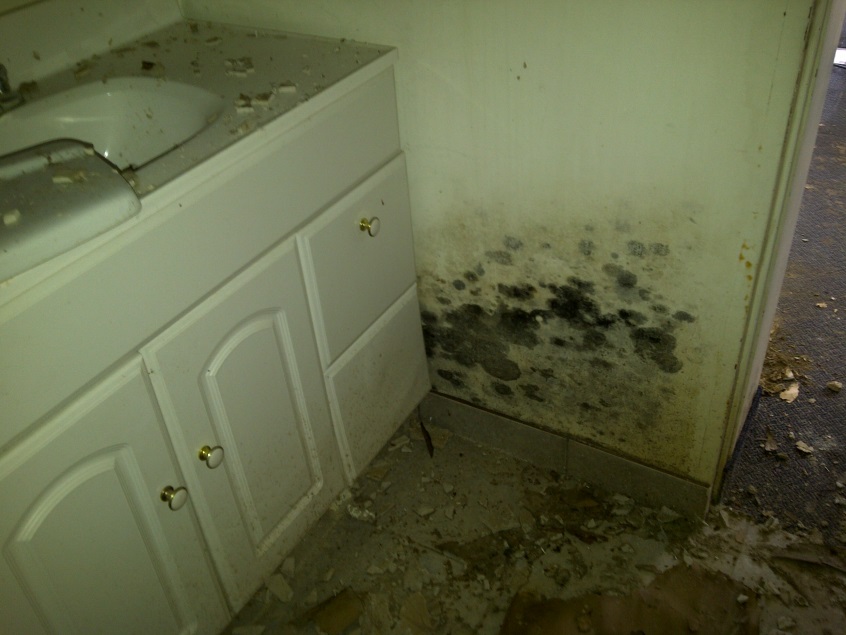
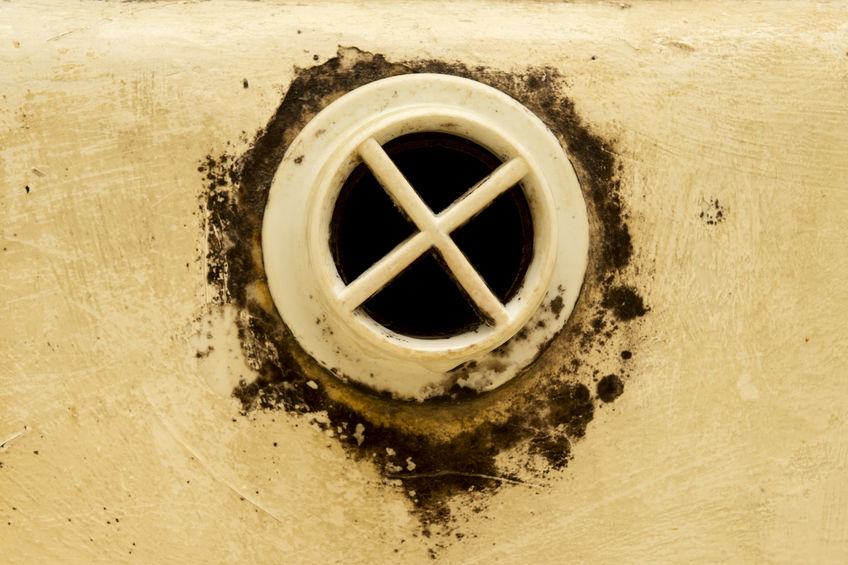





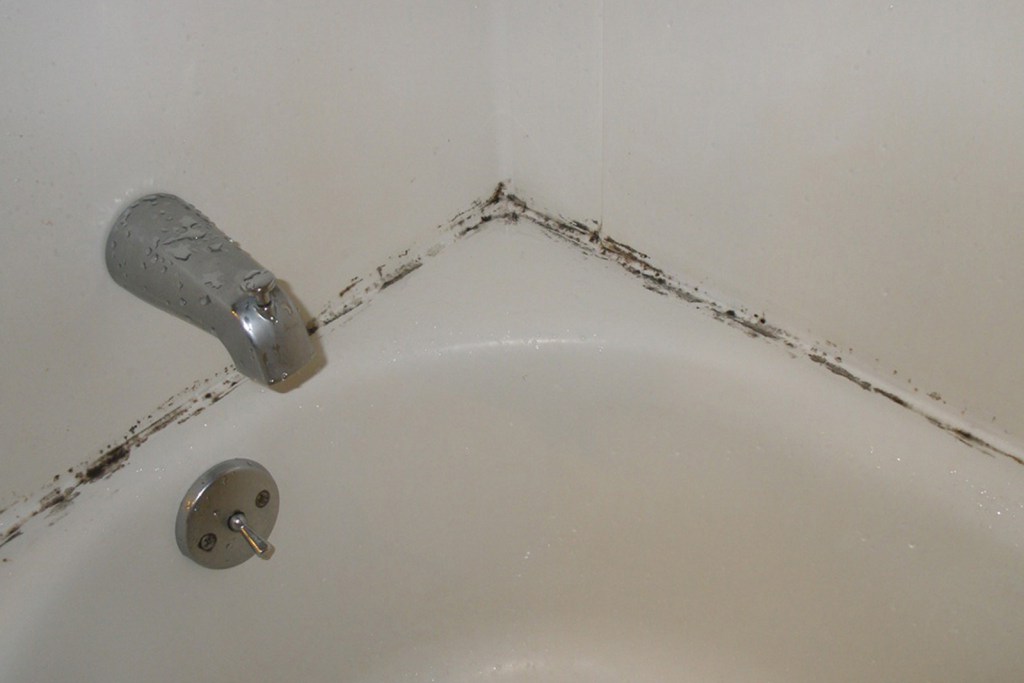







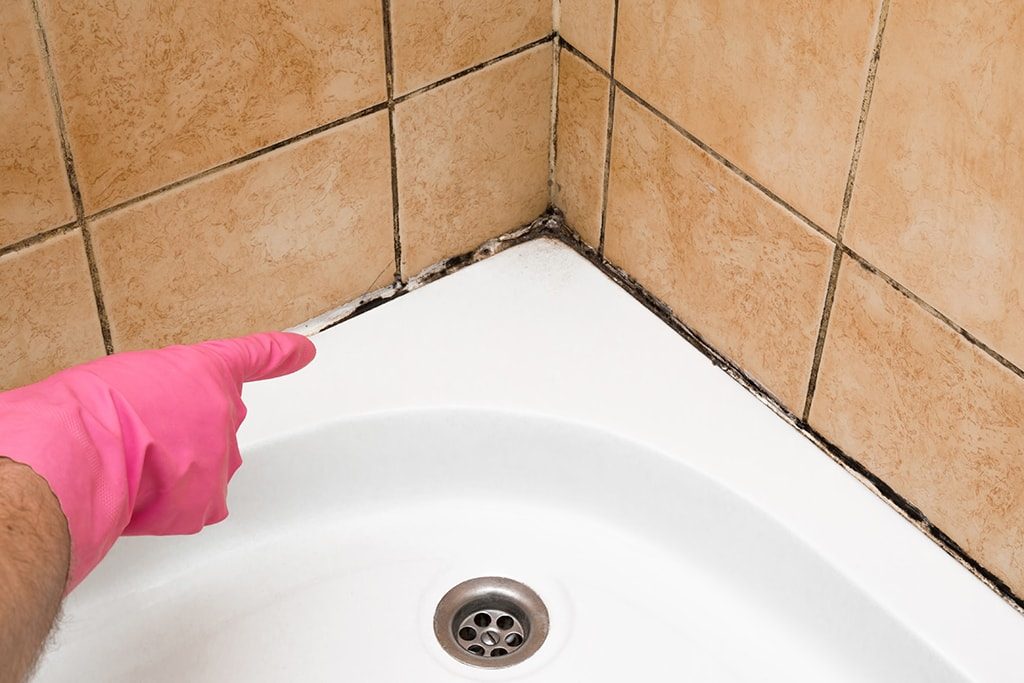


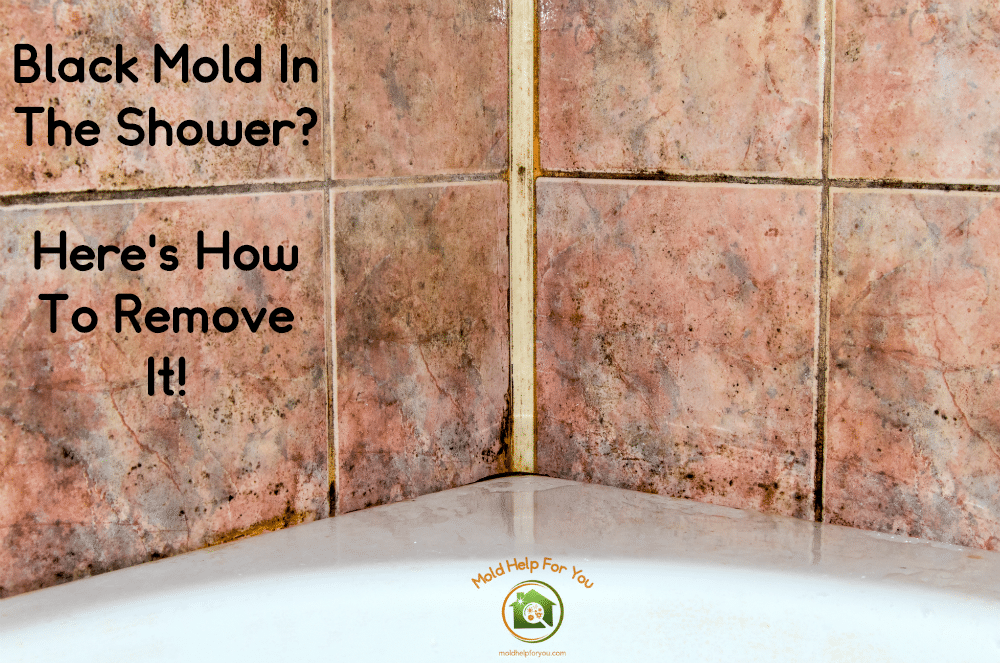


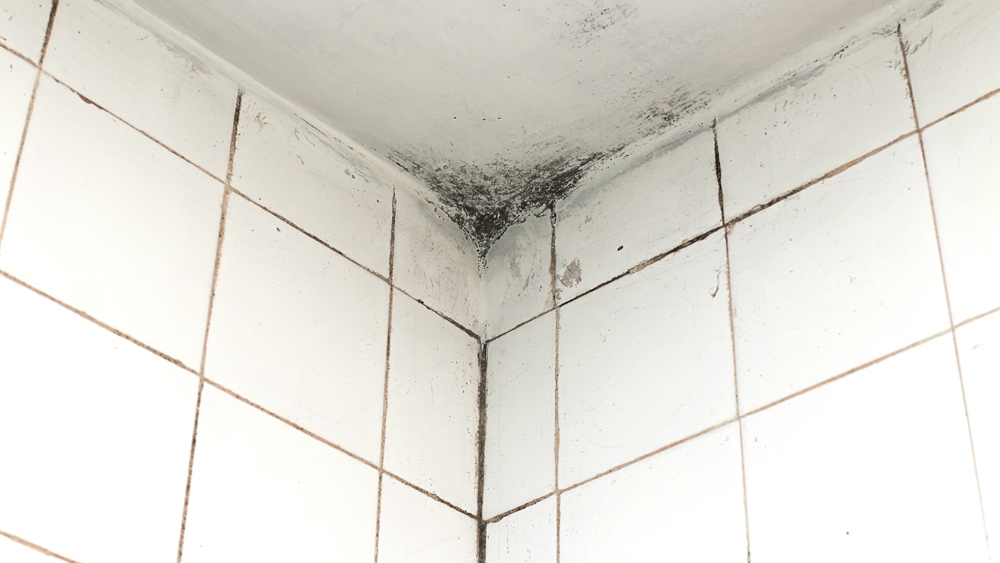



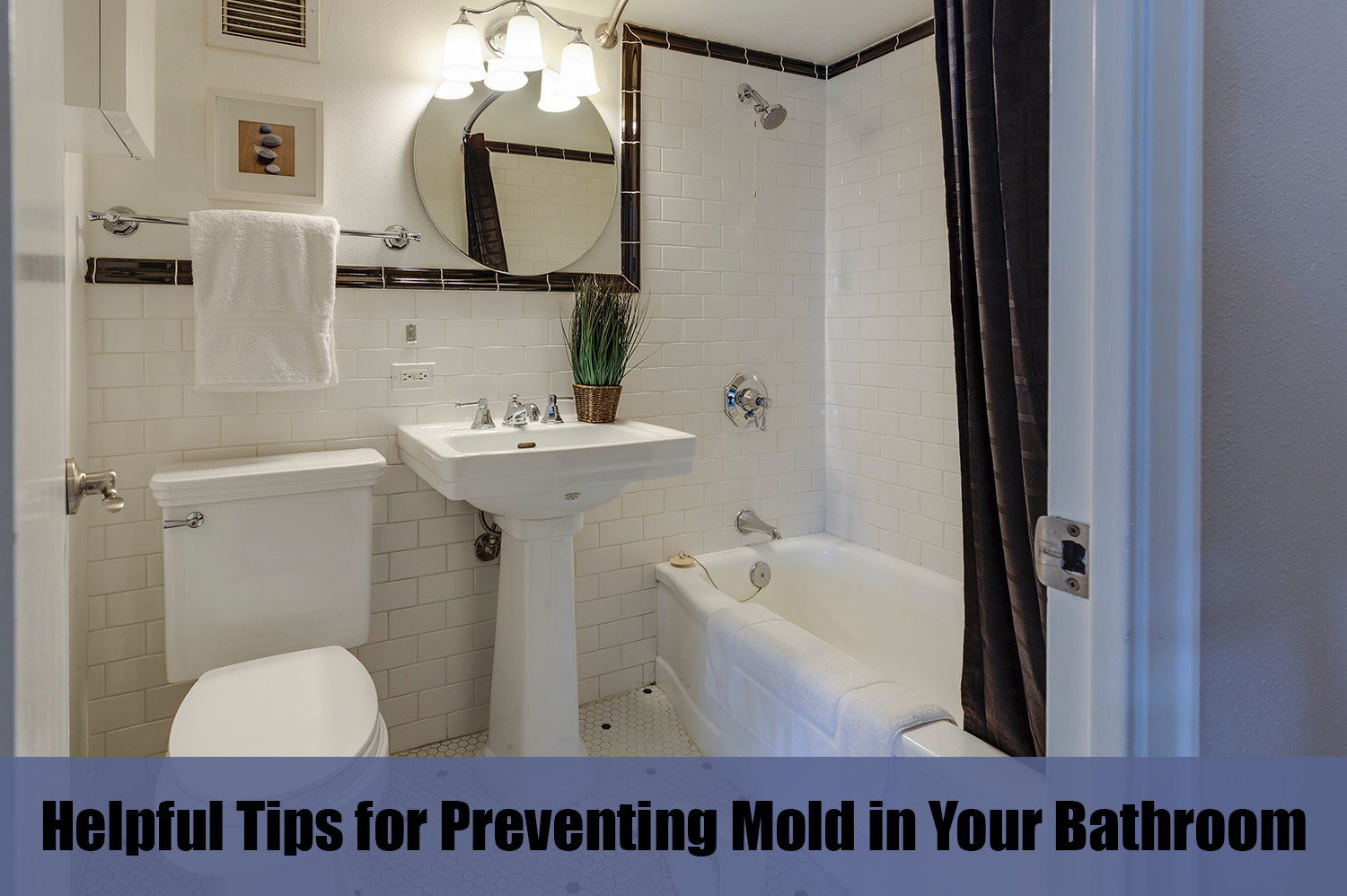
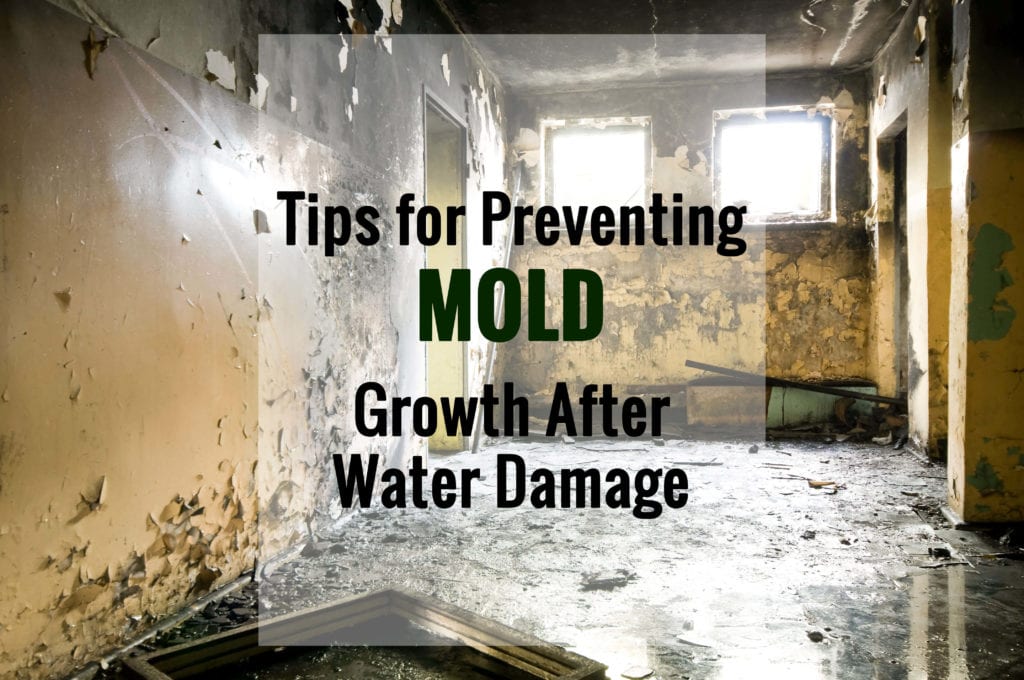


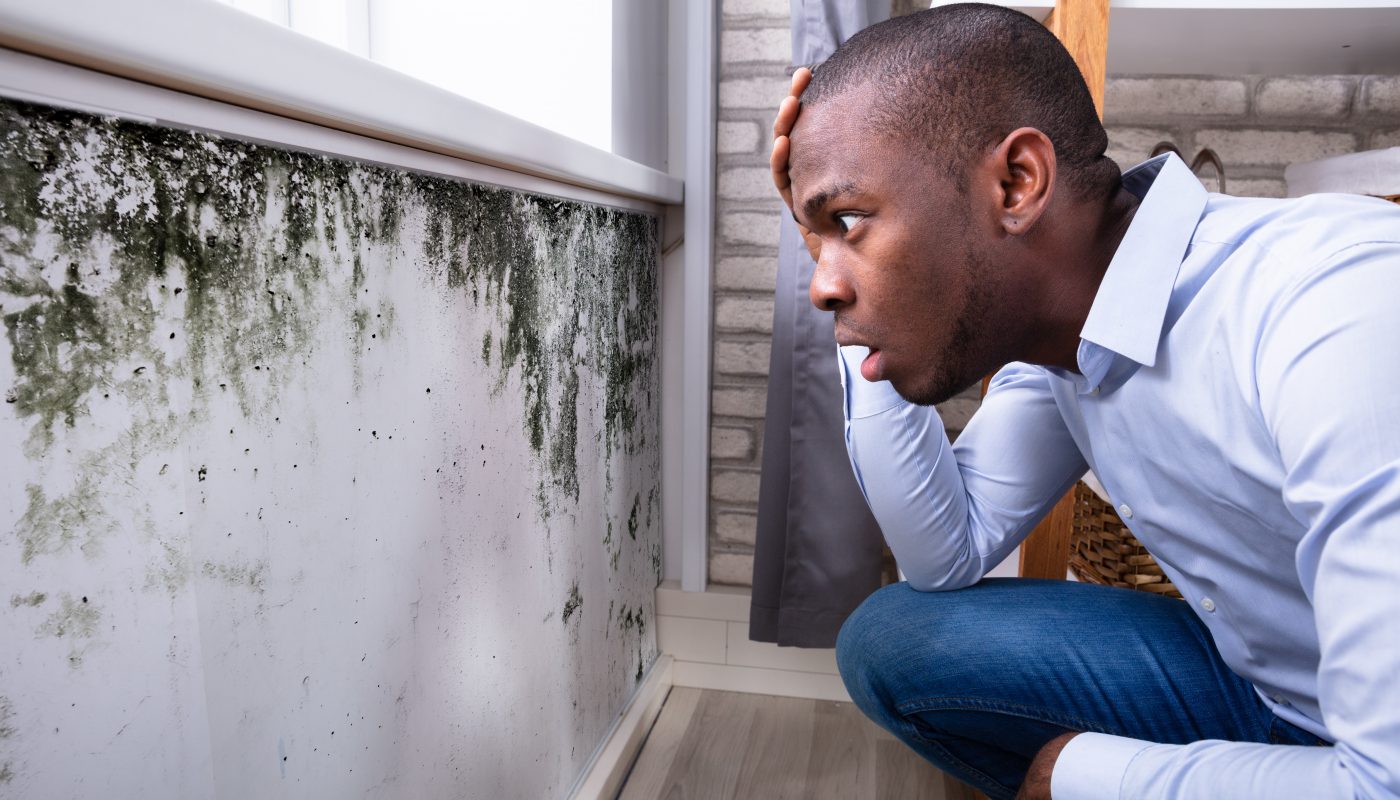
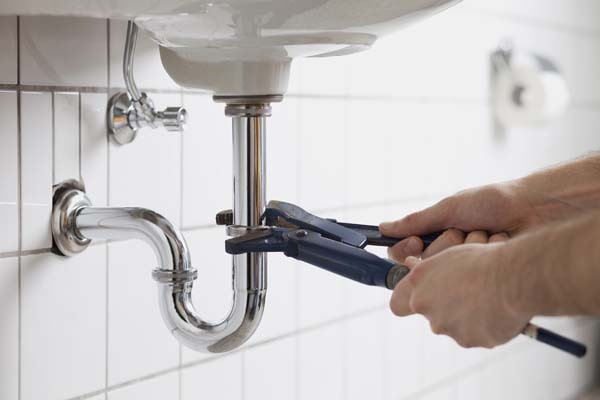



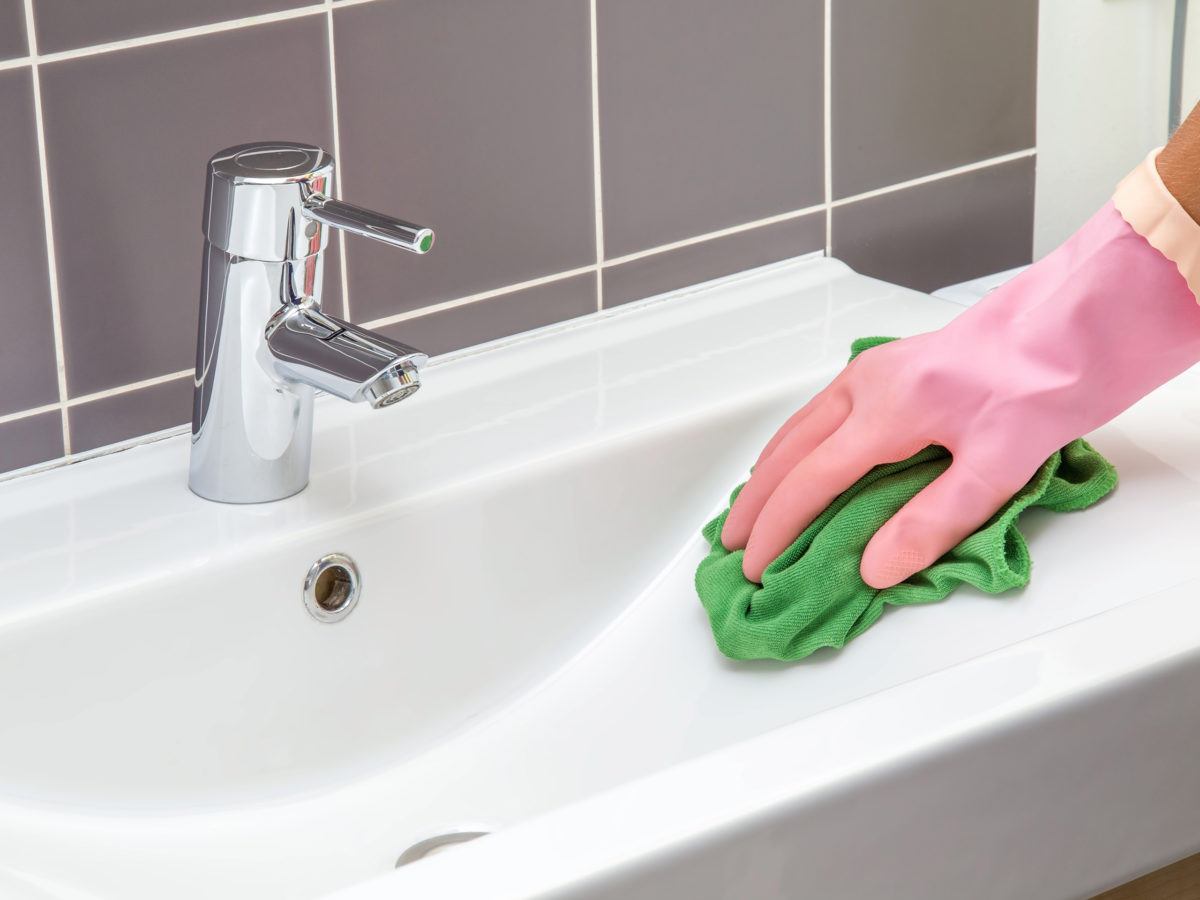
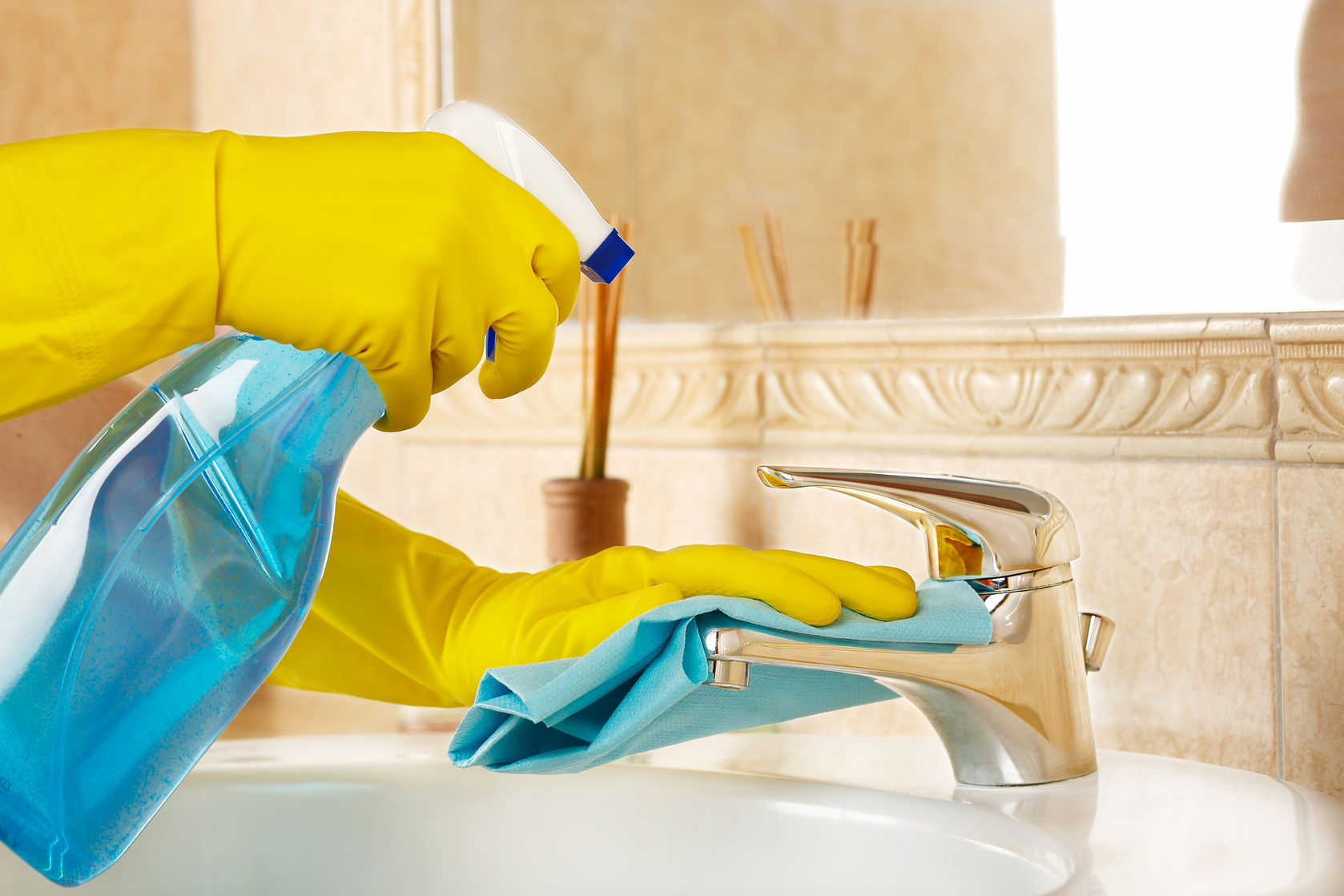


:max_bytes(150000):strip_icc()/cleaning-bathroom-sink-GettyImages-dv1449036-566b487a3df78ce16163bfba.jpg)


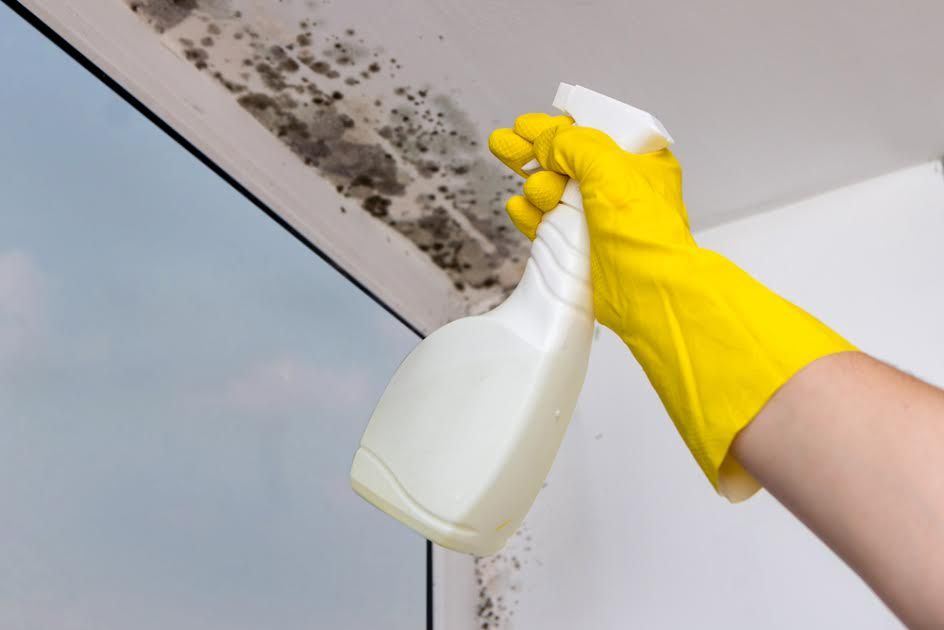
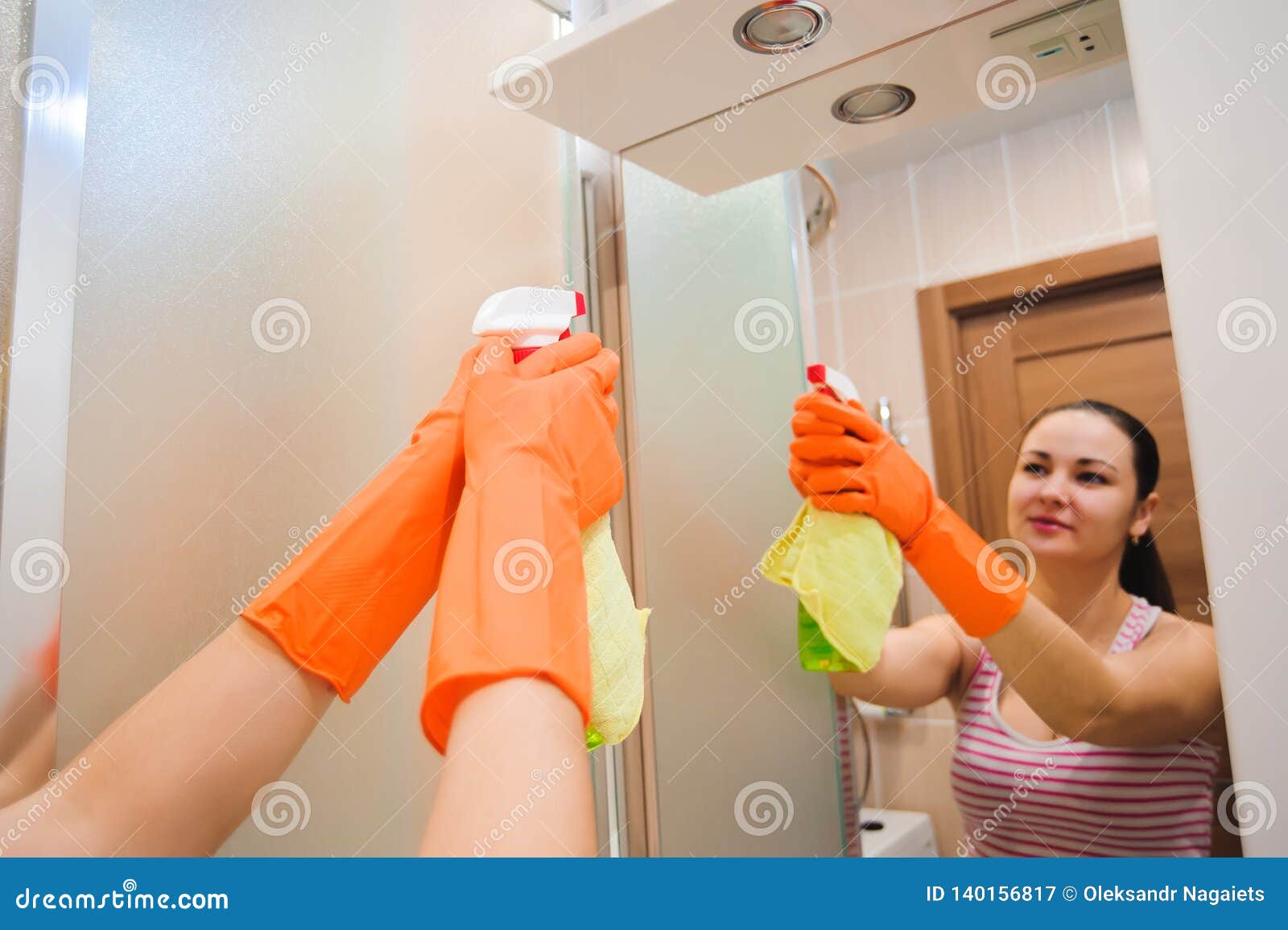






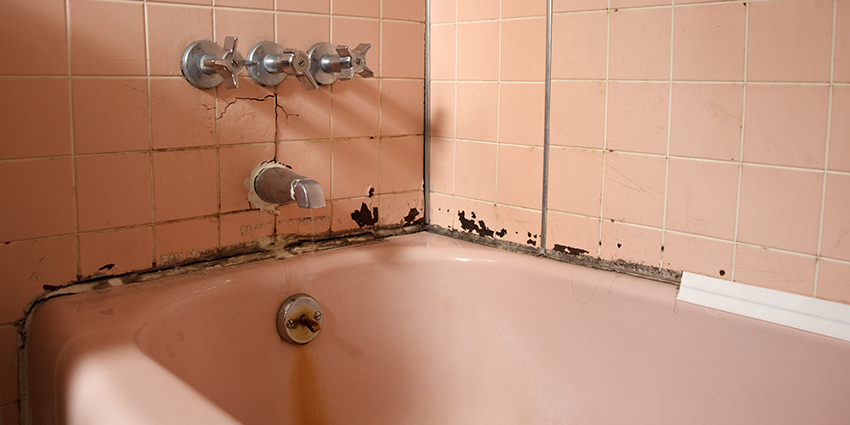



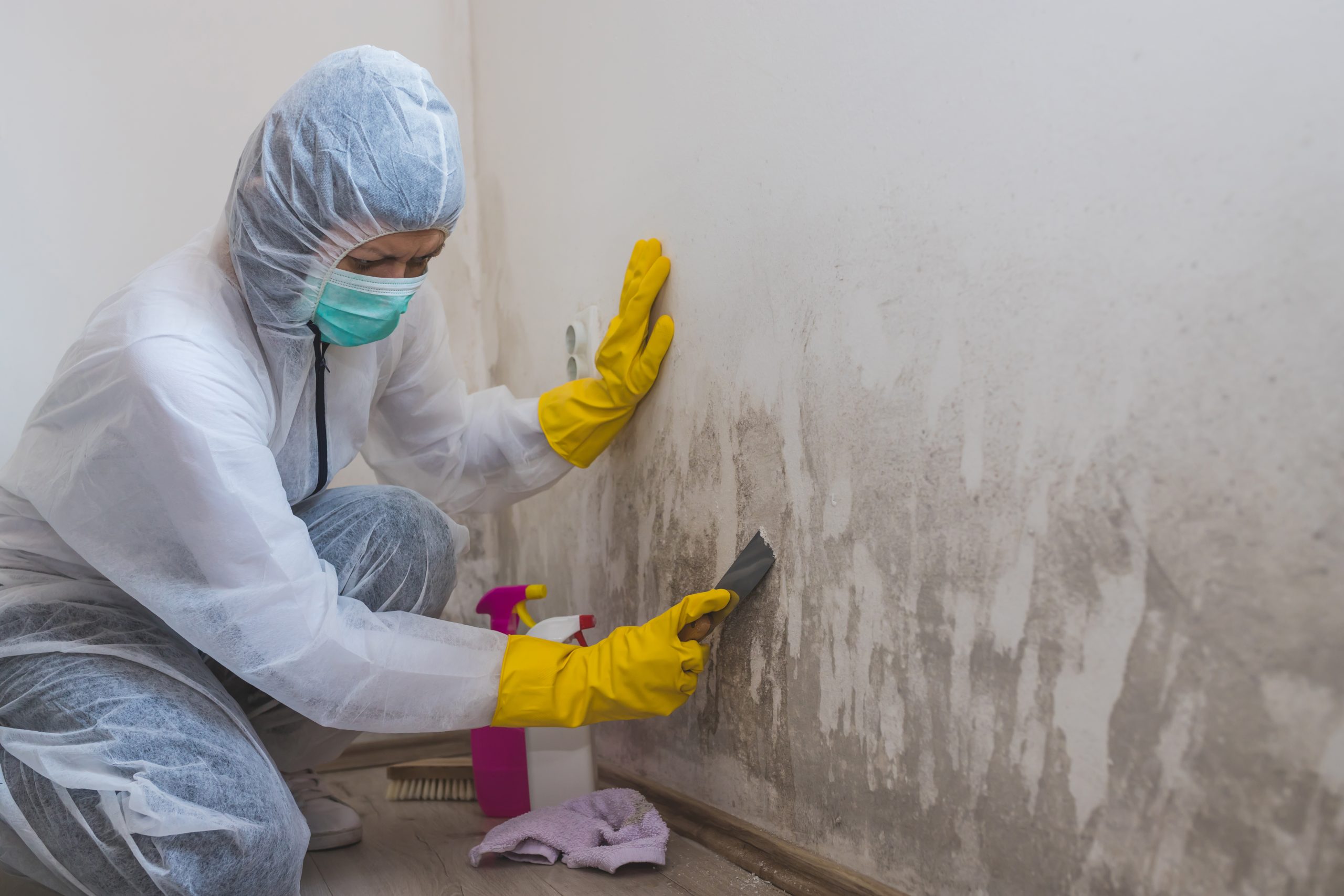





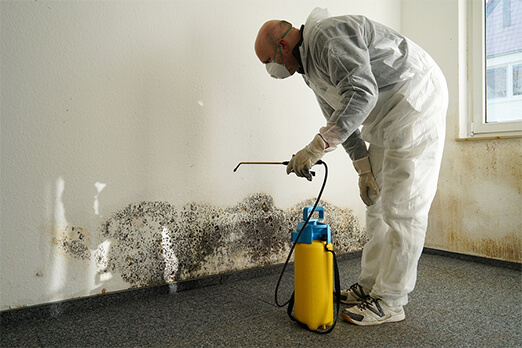







:max_bytes(150000):strip_icc()/identifying-mold-vs-mildew-4799138-final-4266e4b3d84c4401a7c1d8b6835dcc97.png)

















